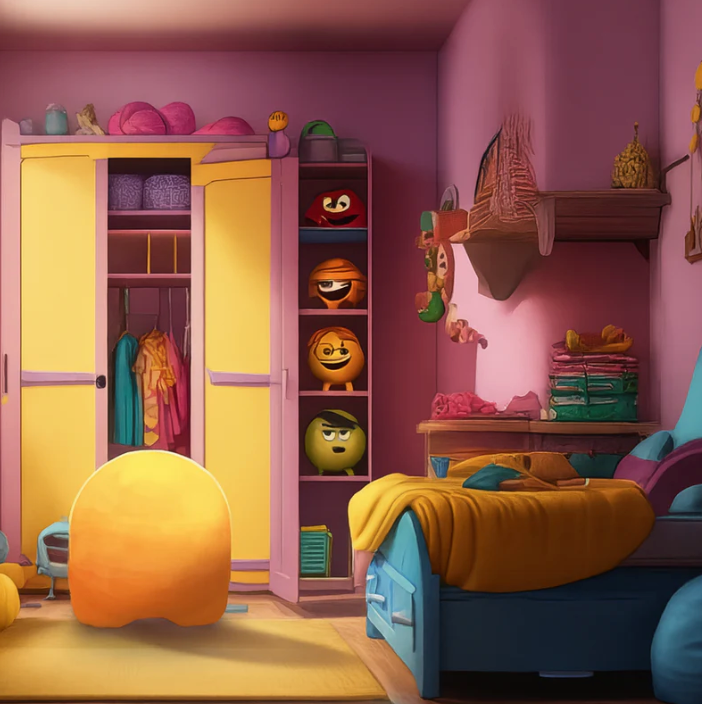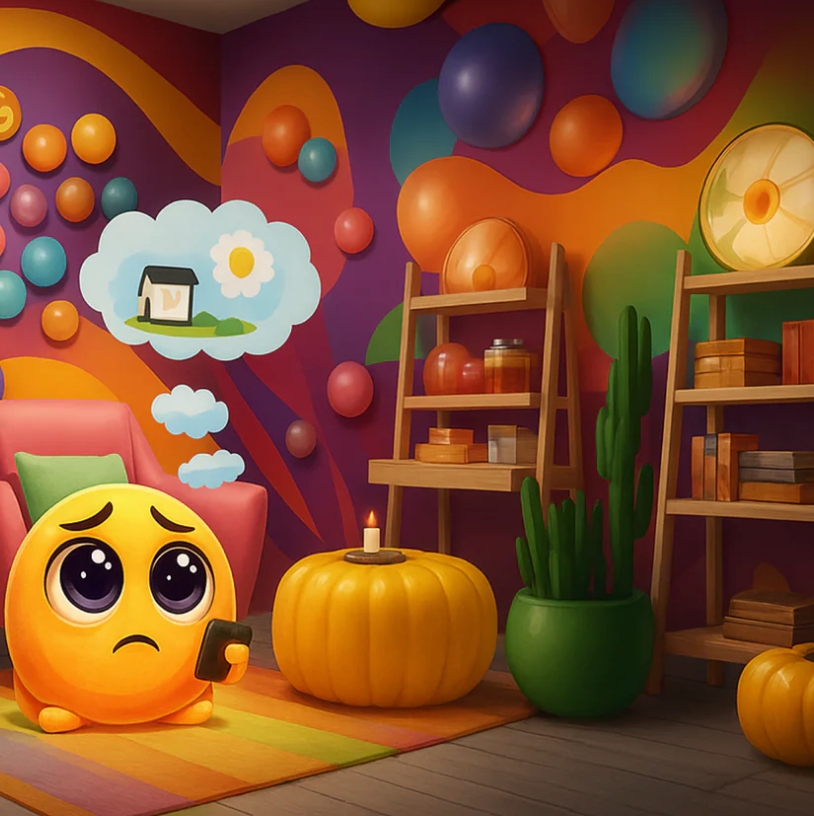How to Talk About Big Feelings with Little Kids
Inside the Toolbox: Building Emotional Language from the Start
We’ve all been there: a child is crying, yelling, or shutting down, and all we want is to help. But knowing what to say in those moments can be hard, especially when we’re trying to stay calm ourselves. The good news? Talking about emotions doesn’t have to be complicated. In fact, simple, consistent conversations about feelings are one of the most powerful tools we can offer our children.
Why Naming Feelings Matters
Young children (ages 3–7) are just beginning to understand the world of emotions (both their own and others’). At this stage, their brains are still learning how to connect language with inner experience. When we help children label their emotions (“You look frustrated” or “It sounds like you're feeling left out”), we’re doing more than just naming; we're offering them a roadmap.
Research shows that putting words to feelings reduces physiological stress and gives kids the tools they need to begin calming themselves down. Dr. Dan Siegel famously calls this the "Name it to tame it" strategy: once a child can identify what they’re feeling, they’re better able to manage it.
All Feelings Are Okay
One of the most important things you can say to a child is this:
“It’s okay to feel that way.”
Whether a child is sad because their tower fell, mad because a friend didn’t share, or scared about bedtime, your job isn’t to fix the feeling. It is to validate it. Validation doesn’t necessarily correlate to agreeing with behavior; it means showing your child that their emotional experience makes sense.
This kind of response (called emotional validation) is linked to increased self-confidence, emotional resilience, and even stronger social skills. Children who feel safe expressing their emotions learn that feelings aren’t something to be feared, but something to be understood.

Try These Phrases:
Here are a few simple ways to talk to children during emotional moments:
-
“That was really disappointing, huh? I get it.”
-
“It looks like your body is showing a big feeling. Want to tell me more?”
-
“You’re feeling mad because you had to wait. Waiting is hard.”
-
“All feelings are okay...even the big ones.”
Over time, these become the foundation for a child’s emotional vocabulary and part of your shared language.
Add a Visual or a Tool
Some kids respond especially well to visual supports or tactile tools. That’s where The Feelings Toolbox comes in handy! Try using:
-
Emotion flashcards to help them point to what they’re feeling
-
A mirror or photo to talk about facial expressions
-
A stress ball or pop-it as a “helping tool” while they cool down
-
A Feelings Corner at home or school where they can go when things feel “too big inside”
By pairing words with visuals or physical tools, we give children even more ways to connect with what’s going on inside.
Keep It Routine
Talking about feelings shouldn’t only happen during meltdowns. Make emotions a daily conversation – at dinner, during bedtime stories, or even in the car. You might ask:
-
“What was a big feeling you had today?”
-
“Did anything make you feel proud? Or silly? Or nervous?”
-
“What did your body feel like when that happened?”
The more we normalize feelings, the less scary they become.
Final Thoughts
You don’t have to have all the right words. What matters most is being present, curious, and open. When children know they can come to you with any feeling—big or small—they learn that emotions are manageable, relationships are safe, and they are not alone.
That’s the heart of The Feelings Toolbox: building lifelong emotional strength, one little conversation at a time.





